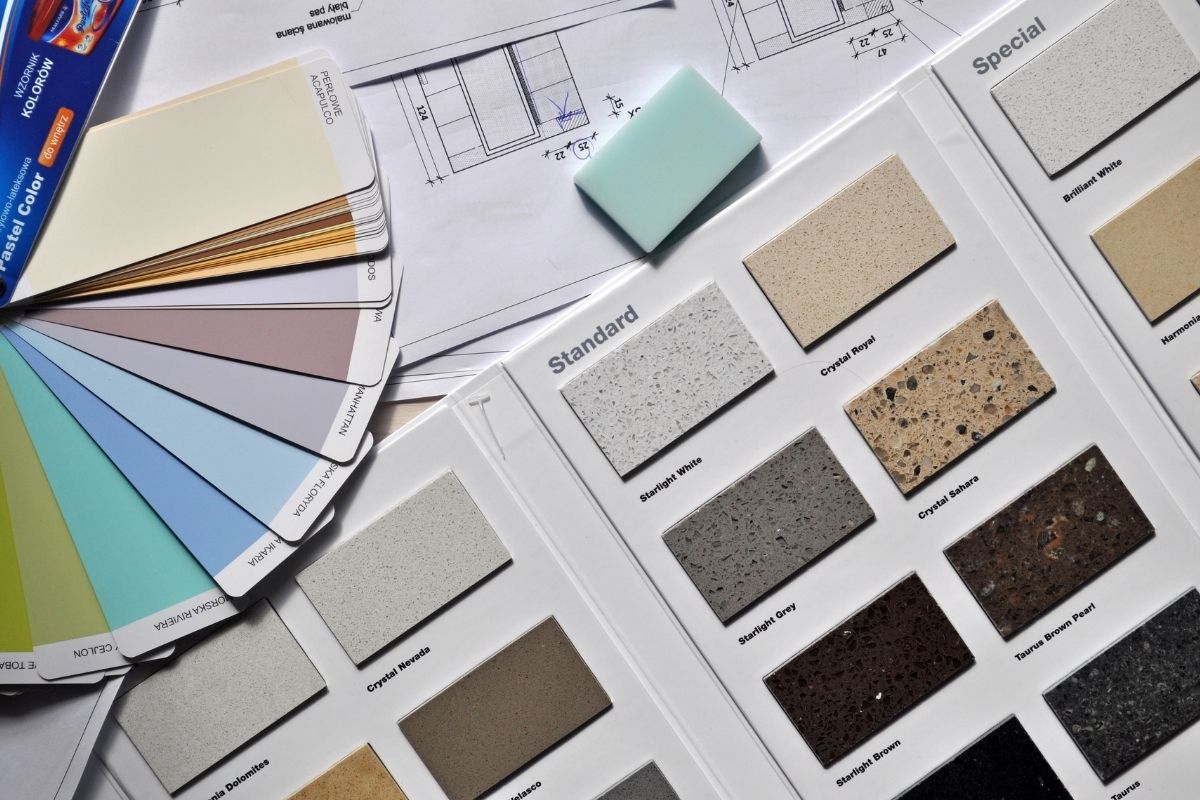Product Design: Alicia Tam Wei Covers Stakeholder Happiness
I like to start this discussion with a question: How do you keep stakeholders happy?
Part of your job as a designer is to understand the needs and wants of stakeholders early in the product development process. We usually learn what their requirements are through a combination of interviews and various experiments. Sometimes, you find out that what they tell you during the investigation stage might not actually be what they need to make them happy. As a result, it’s important to maintain contact with stakeholders and check in with them regularly throughout the process.
Determining Stakeholder Needs and Wants
Let’s discuss the dinner analogy to break down stakeholder requirements: Let’s say you’re in a family of four people that includes yourself, a partner and two kids. You must pick something for dinner that meets everyone’s requirements. Yet, one of your children has an allergy, which means that you can’t use, let’s say, peanuts in whatever you’re cooking. Your other kid really loves mac and cheese and is going through a phase in which they want it and nothing else. That said, you can usually convince them to eat pizza if there are no other options. And, then, you must please your partner and yourself. The adults are a little bit more easygoing, but maybe one of you is trying to eat a heart-healthy diet.
You have all of these pieces in your requirement box. You now must come up with something to make for dinner. You start by thinking about what the different stakeholders are in this scenario:
– Will the kid with the peanut allergy eat a pizza. The answer? Yes.
– Will the kid who loves mac and cheese eat a pizza? Yes.
– Will the adults eat a pizza? Yes.
Okay. Pizza might be the winner. But before you can move forward by going through the trouble of making the dough and putting it all together and then putting the pizza in the oven, you check in with the stakeholders and say, “Hey, are you on board with pizza? Yes? No?” and use their additional input to guide you.
Online Product Design Education
The happiness of stakeholders isn’t easy to determine by just reviewing data specific to certain types of personas in a target market based on demographics researched by previous designers and marketers. You need up-to-date information. As part of your product design education, you learn how to approach stakeholders and directly receive all of the details you need to determine their needs and wants through the product design process.


